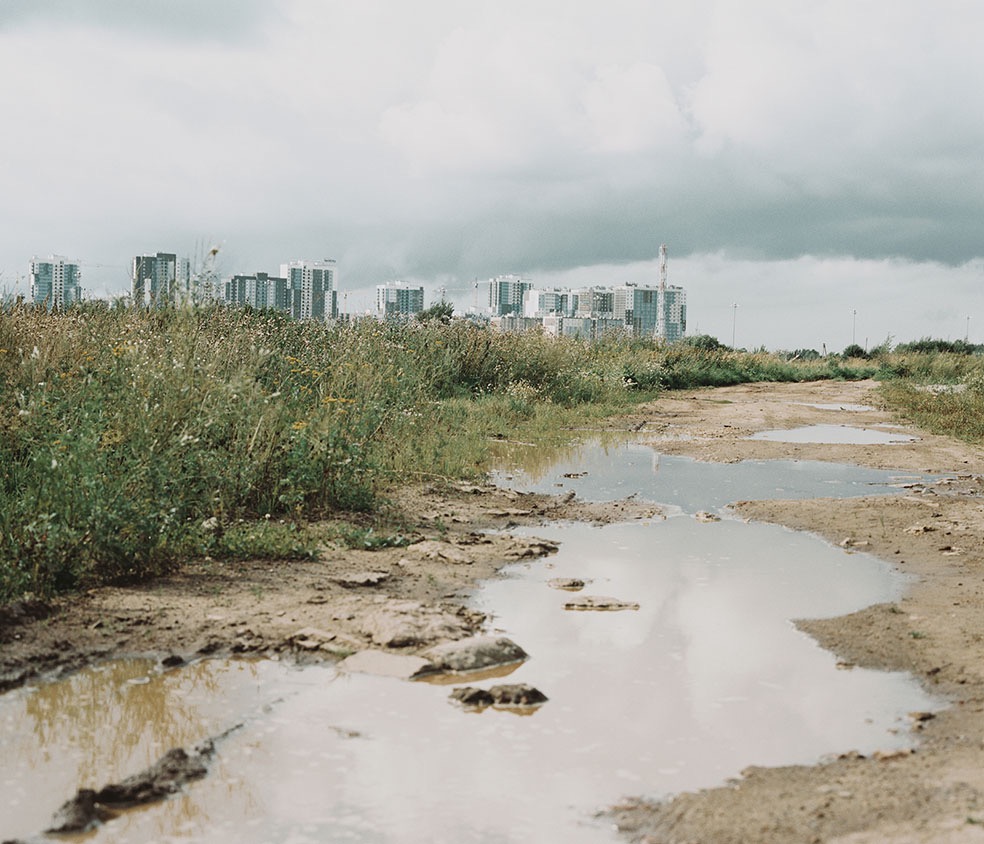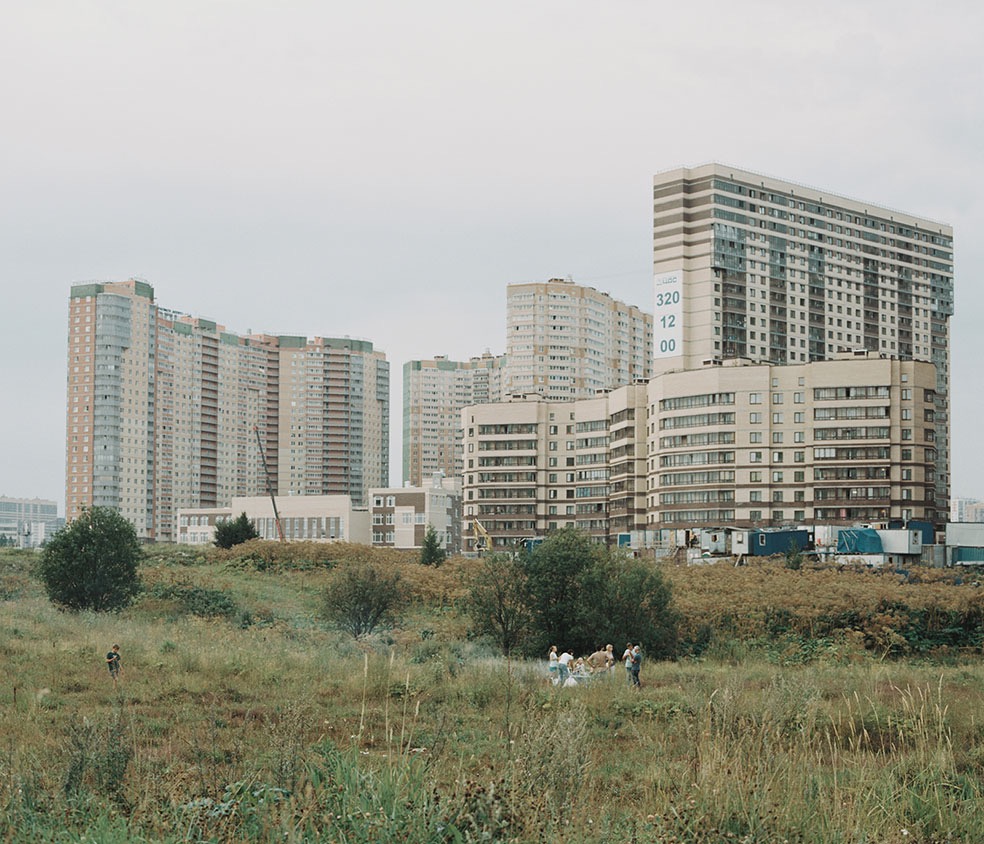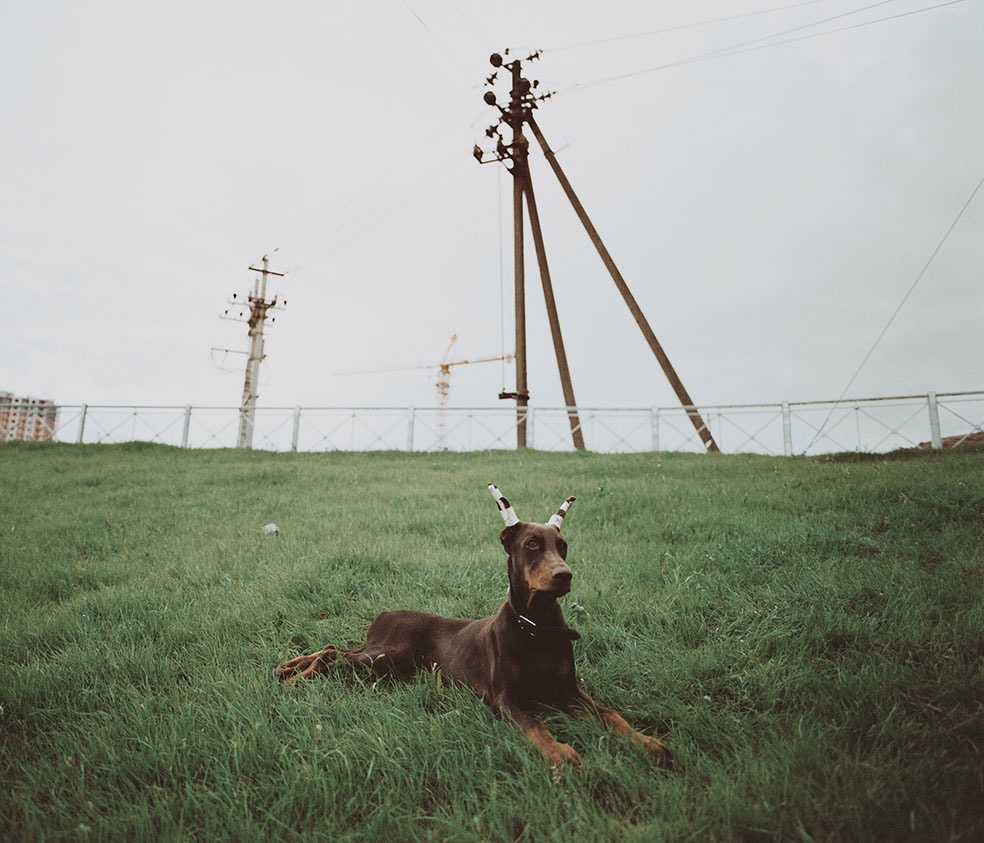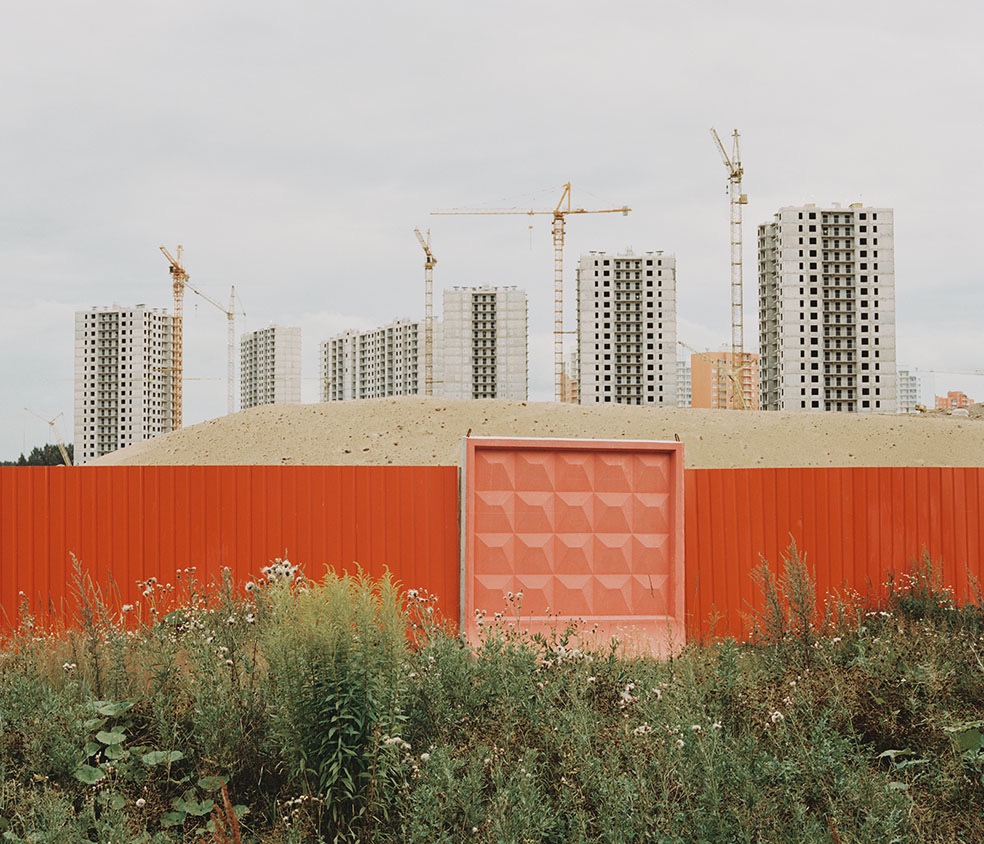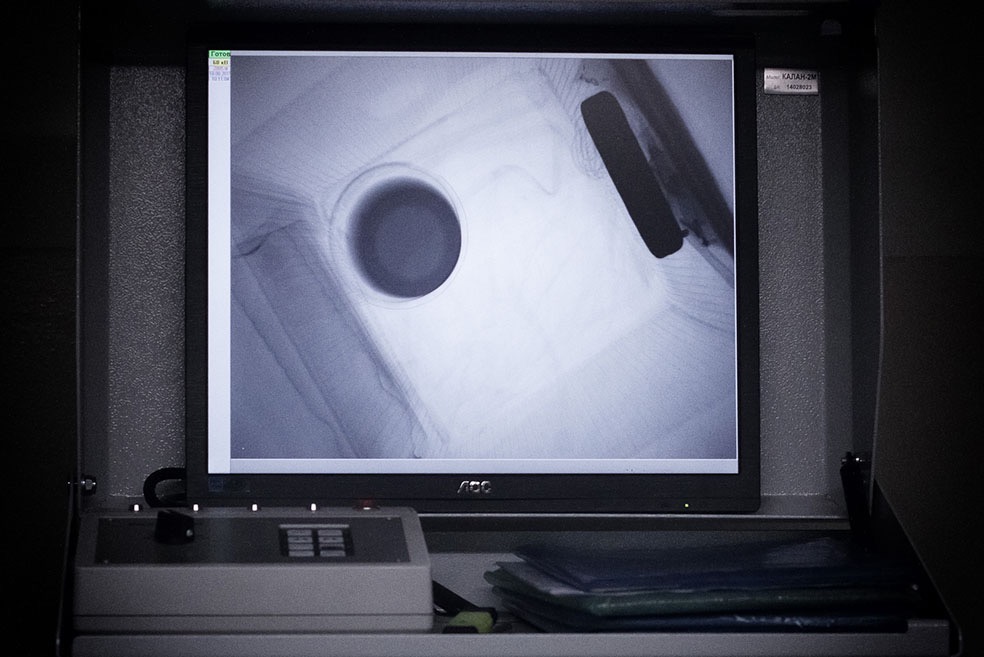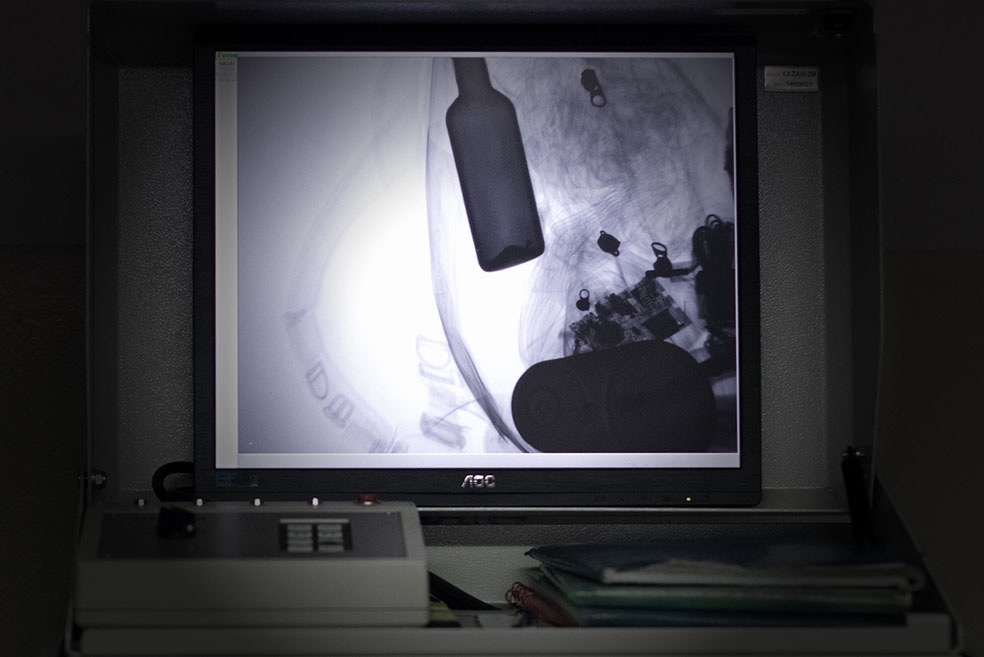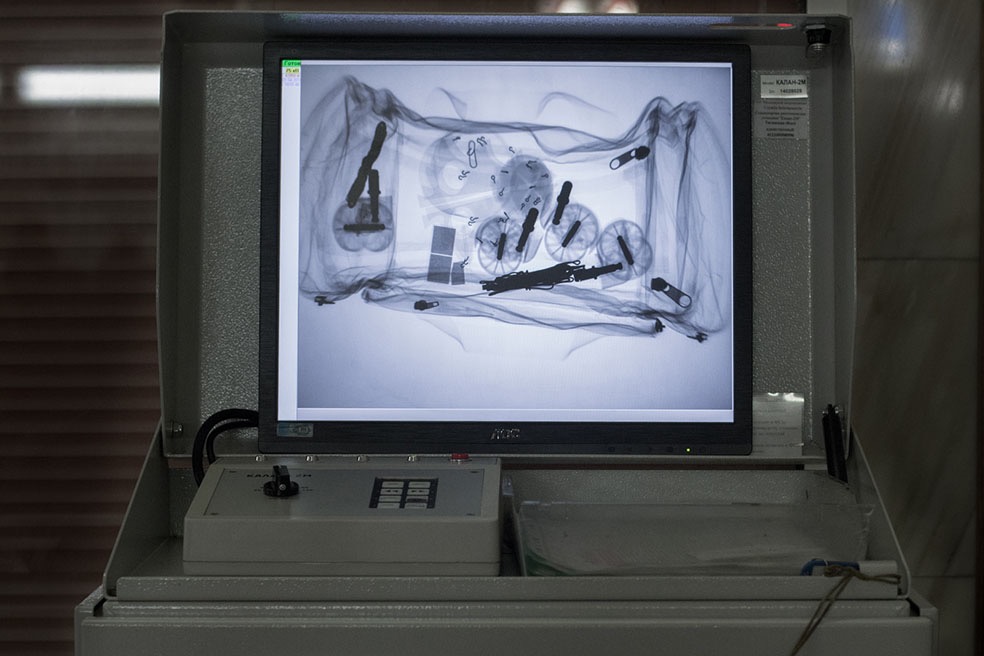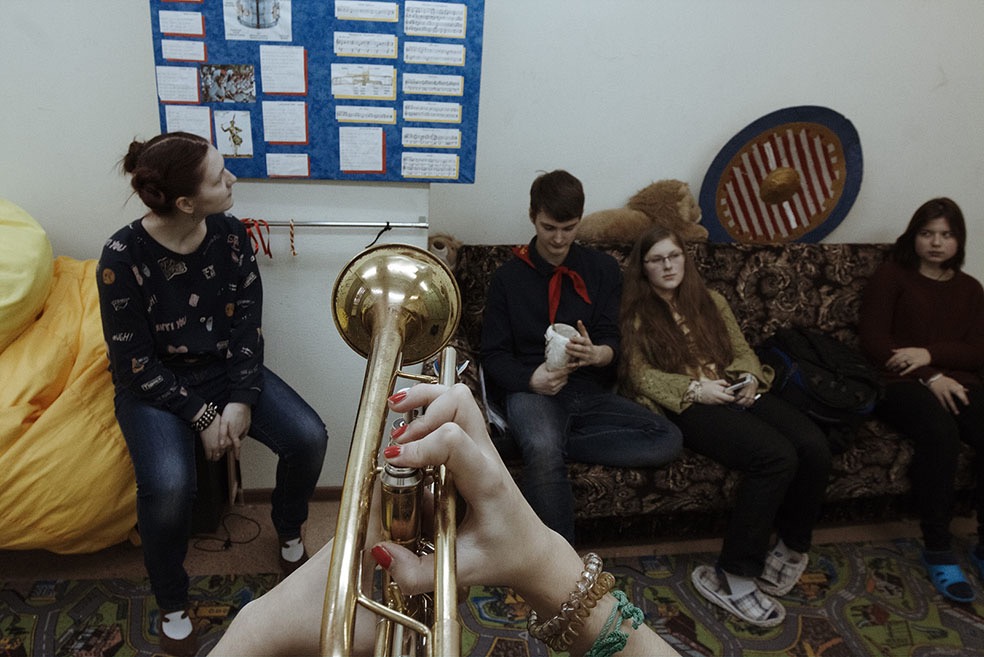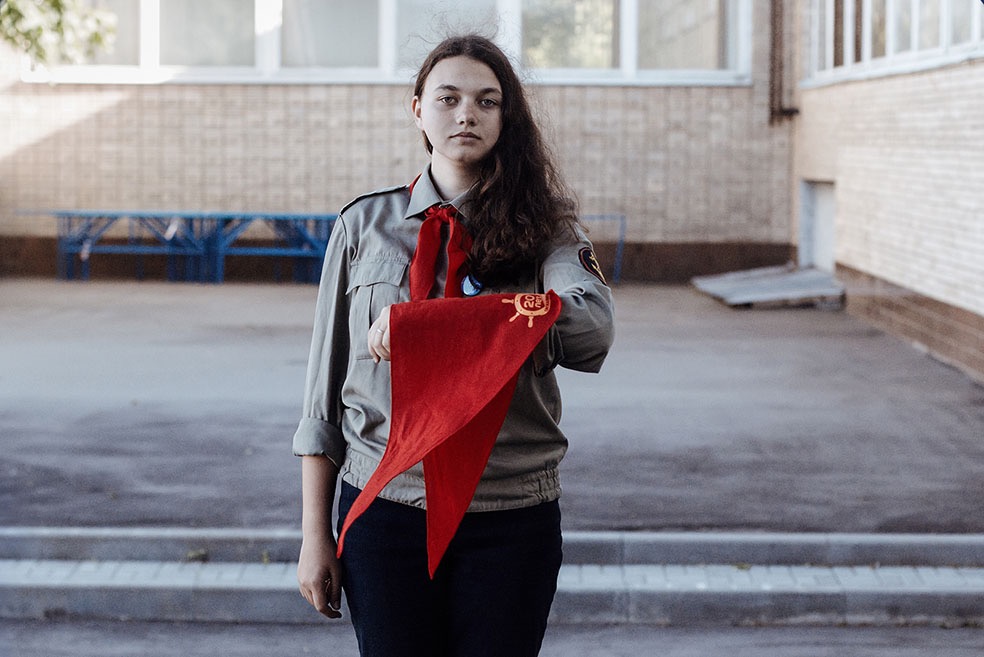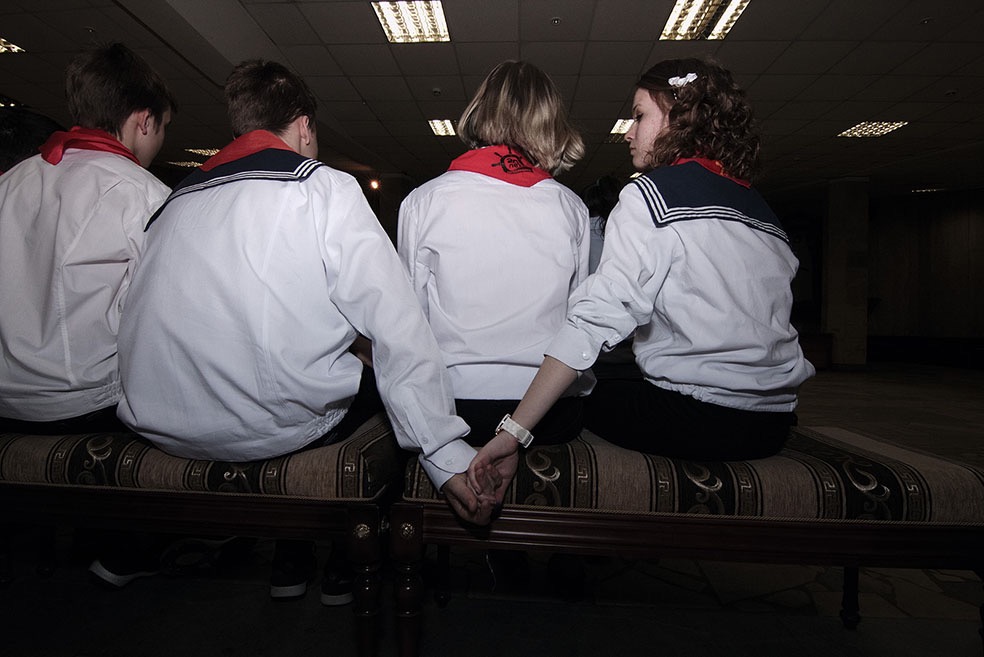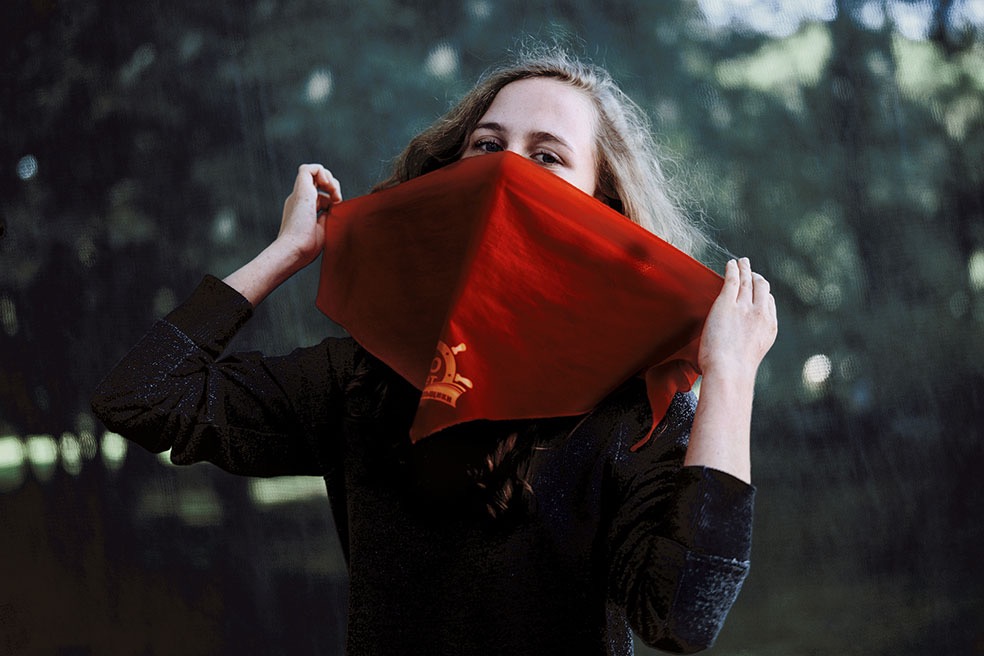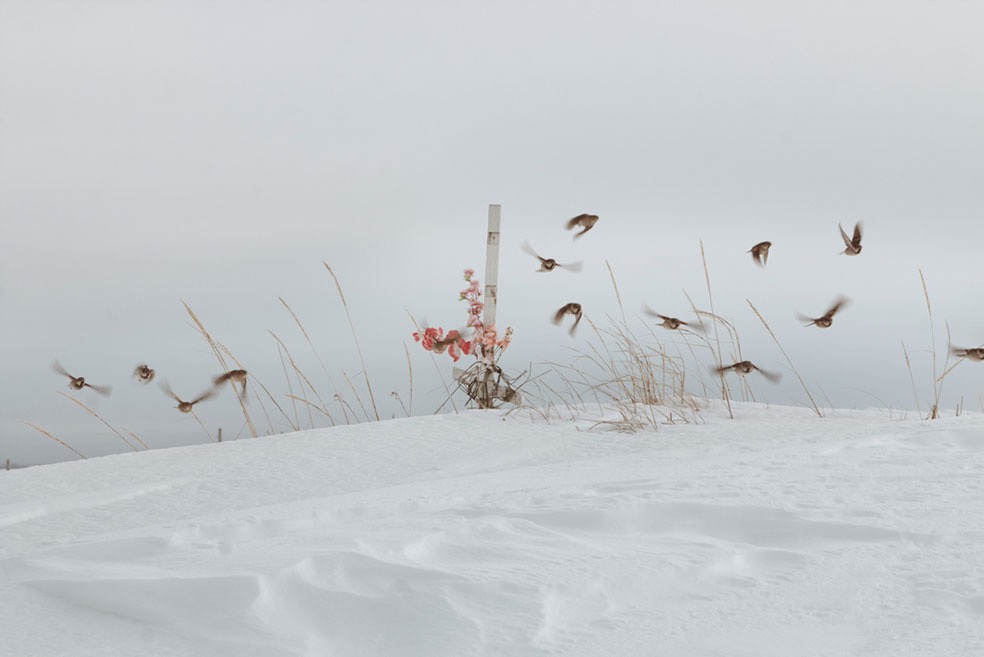Andrey Semenov hail from Kostroma (b. 1976) – old and picturesque small town steeped in history. Now the artist is based in Moscow, Russia. Andrey Semenov’s works are focused on human-environment relationship, borders between person and state, also he works with subject of identity.
Website: andreysemenov.com
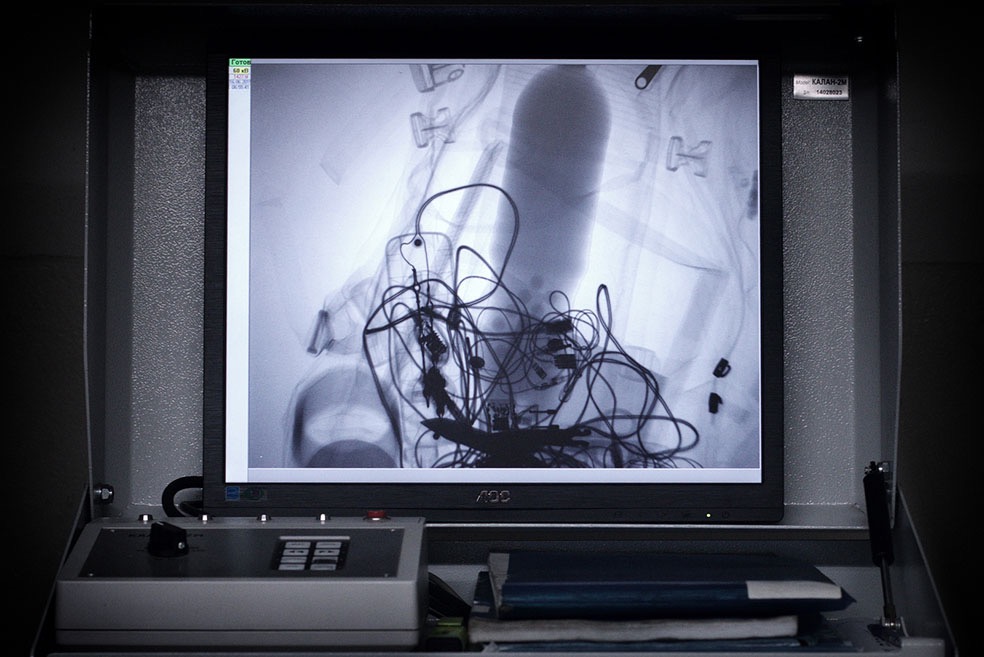
How did you get into photography? Do you have a degree in arts?
This is a traditional question and I have a traditional answer to it, even two of them. I was pushing the camera button since I can remember myself – in one of my first memories I’m holding a camera. My father was fond of photography, at home there were several cameras I was allowed to use. My father taught me to shoot film, together we developed and printed photos in a dark room, then I started to do it myself. So my first answer is – I started to live, being fascinated by photography.
About four years ago though my attitude to photography turned upside down, I rediscovered it. Once I came across a video of an artist-talk by Magnum photographers, a meeting with them was organized by Leica and the Moscow Garage Museum of Contemporary Art. Just out of curiosity I decided to watch the lecture by Georgy Pinhasov – it was the only familiar name on the list (I knew his portraits of the filmmaker Andrey Tarkovsky), and forty minutes later I realized that I knew nothing about photography at all, that the whole my life I had been cracking nuts with the royal seal like a character in Mark Twain’s novel; that photography is an amazing language we treat surprisingly neglectfully. The next couple of days I was kind of living surrounded by fog – the world opened again, and this is an amazing feeling if you are thirty seven. So, my second answer is – it all started with these Magnum lectures, and I have been taking pictures a little less than for four years.
Regrettably I didn’t receive a systematic education in arts so I have to study now. Two years ago I studied at Elena Sukhoveeva School – she is an artist, photographer and curator from Krasnodar, Russia. I live in Moscow, so the training took place online.
Where do you get your creative inspiration from? Is there any other artist or photographer who inspired your art?
Fascination by some authors is swift-passing, to some others I return from time to time, but for me there are three people that remain the unaltered standard – Alec Soth, Hiroshi Sugimoto and Nobuyoshi Araki. Although no, there are four of them. I would add Martin Parr to this company. Very different people, aren’t them?
Sources of my inspiration are in photos by my friends and famous authors, in music, in talking with people, in paintings and movies, in walks around the city and travelling. Recently I visited Paris for the first time, and got to the museums of Orsay and Orangerie – and it was the strongest visual experience of this year. Now I live under the impression of the pictures I saw there.
How much preparation do you put into taking a photograph or series of photographs? Do you have any preferences regarding cameras and format?
It depends, really. Sometimes the preparations are not related to photography at all (at least at the first glance). For example, I had to study the legal rules to start shooting in the Moscow metro when I was doing my project “… and potentially dangerous (1984).” Or the “Invasion” project – technically it took me a week to shoot it, but it was preceded by several years and several trips to the Polar North.
I like to work with medium format, now the film and the Bronica GS-1 are my main tool. But partly this choice is dictated by one of the projects I work on. In my opinion the film and 6×7 frame is a very suitable format for it. And the process of shooting, so very hasteless and meditative, contributes to the result that I want to see. Sometimes, but quite rarely nowadays, I shoot with a digital camera. A bit with Polaroid, which I got carried away by recently (bloody expensive, I must say!). A huge amount of photos I make with my iPhone.
Camera is a tool. The choice of the tool is determined by the idea of the project. In this sense, I am free of preferences, and if I see that for this project I need a digital camera, I will shoot with digital.
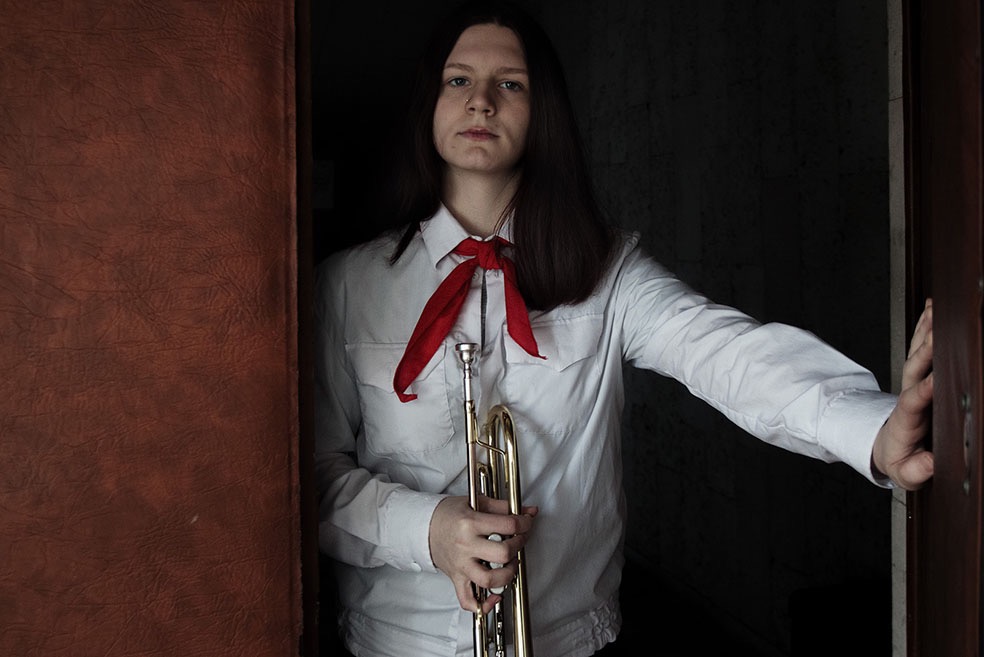
Can you talk a bit about your approach to the work? What did you want your images to capture?
A few months ago, in a conversation with one curator, I complained that I can’t organize work with a photo in my mind, for example like John Hillard does, and very often I shoot intuitively. And she gave me a simple and good advice – learn to listen to your intuition. To be honest, I felt reliefe after these words.
Tell our readers more about your award-winning project „Invasion”.
I shot this project in the north of Russia, Kola Peninsula on the Arctic Circle. I really like the north – the information noise there is too much of in the cities disappears there and it helps to understand some things that you do not think about at home. I don’t know how accurately I can explain it in English – do you feel the difference between the words “to know” and “to understand”? My trips to the north help me to understand better the world in which we live. Sounds pathetic I think. And it’s very beautiful in the North.
Where is your photography going? What are you currently working on and do you have any photographic plans for the future?
Honestly, I didn’t think about it. I shoot what I find interesting, and do not build special strategies. I would like to finish the project I’ve been working on all the last year – it’s called “I, Joining the Ranks of ..”. This project is about the “pioneer organization” (I’m not sure if this title will say anything to a European reader). In the USSR, there was a teenage political communist organization, and all teenagers were obliged to participate it – I was a pioneer too. After the Soviet Union collapsed and the role of the Communist Party in the life of the country was deminished, the organization ceased its work. For a long time, the entire Soviet legacy was extremely unpopular in Russia (until recently). But a year ago, I was surprised to learn that pioneer detachments exist nowadays – it was ridiculous and surprising! Participation in the pioneer organization is a part of the identity of the people of my generation and older, that was the common experience that absolutely all children of the country had. And it was interesting for me to understand contemporary teenagers, who united around the pioneer ideology.
I would like to continue to work on another project – a prequel to “Invasion” as I realized quite recently, although I’ve been shooting the project for almost a year). And I want to start a new project, the idea of which has long settled in my head – I wouldn’t like to talk about it yet, the only thing I‘ll say is that it won’t be photography as such.
And I think about a Polaroid project – I like its visual aesthetics and instantness. I have more plans than time.
What are your three favourite photography books?
“Sleeping by the Mississippi’ by Alec Soth “SCHEMA” by Alexander Gronsky “Andy Warhol. Polaroids”
What do you do besides photography?
I work in an cartoon studio, we produce animated series “The Fixies”, very popular in Russia. In our company we have a joke, that the fourth floor spends money, and the second floor earns. On the fourth floor artists work, and on the second floor there are producers and a commercial department. I produce one of the directions that allows a cartoon to earn money. Google “The Fixies” with your kids – I’m sure they’ll like it (we have YouTube channels in English, German and Latin-Spanish).
Website: andreysemenov.com
